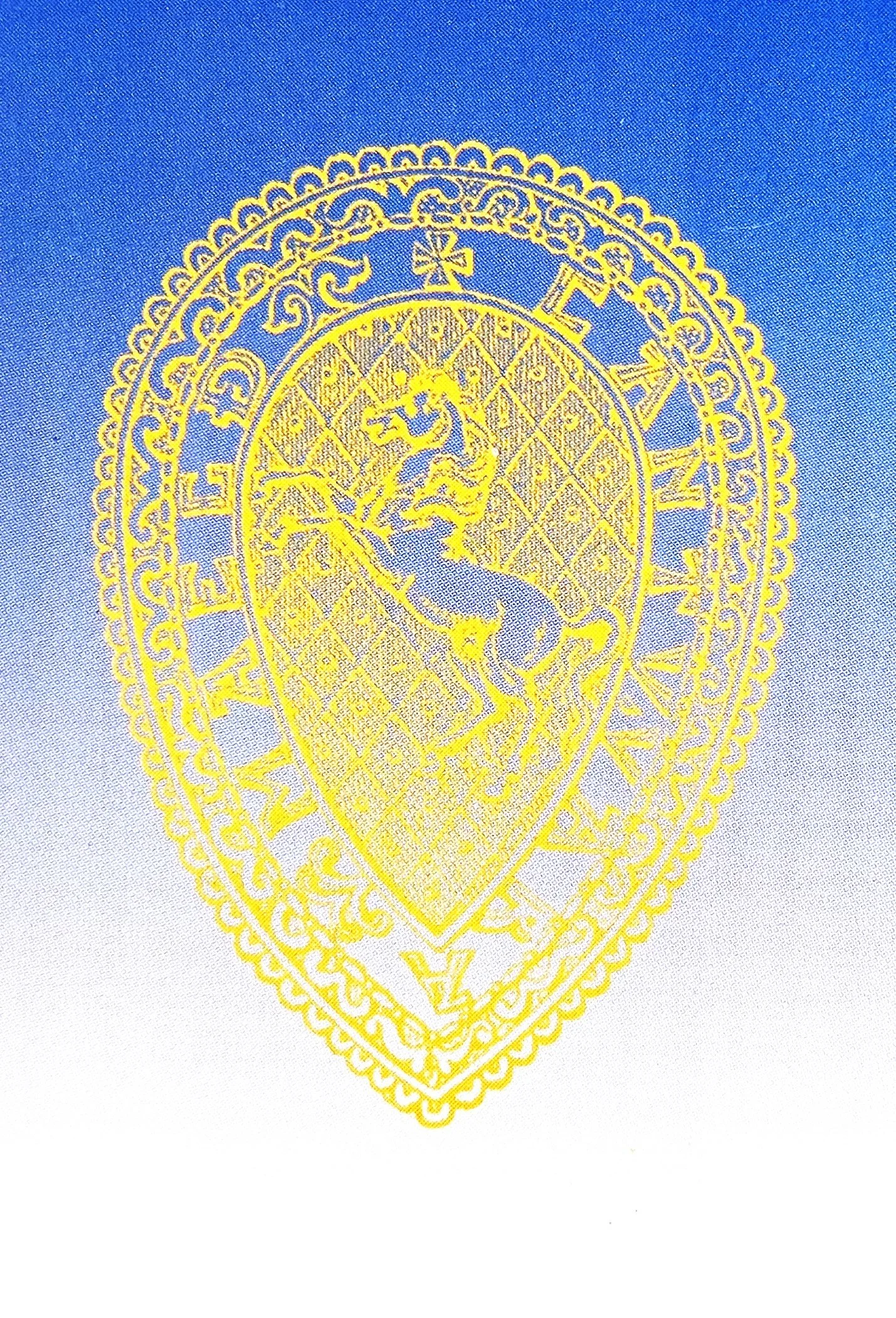
KAS Newsletter, Issue 81, Summer 2009
Kent's rich history from Bronze Age burials to Anglo-Saxon monastic life.
Contributions to the next issue are welcome. See the guidance for contributors and contact Editor Craig Campbell.
Search page
Search within this page here, search the collection page or search the website.
Previous
Previous
Kent County Show & Sissinghurst Castle Heritage Weekend
Next
Next
Broken Bracelets and Boundaries: The discovery of a Late Bronze Age/Early Iron Age Settlement at Burham, Kent
Written By KAS
Featured
Jeremy Hodgkinson, 2009, KAS Newsletter, Issue 81 (Summer 2009). Maidstone: Kent Archaeological Society.
Andrew Richardson, 2009, KAS Newsletter, Issue 81 (Summer 2009). Maidstone: Kent Archaeological Society.
Deborah Goacher, 2009, KAS Newsletter, Issue 81 (Summer 2009). Maidstone: Kent Archaeological Society.
Vince Burrows, 2009, KAS Newsletter, Issue 81 (Summer 2009). Maidstone: Kent Archaeological Society.
Gabor Thomas, 2009, KAS Newsletter, Issue 81 (Summer 2009). Maidstone: Kent Archaeological Society.











